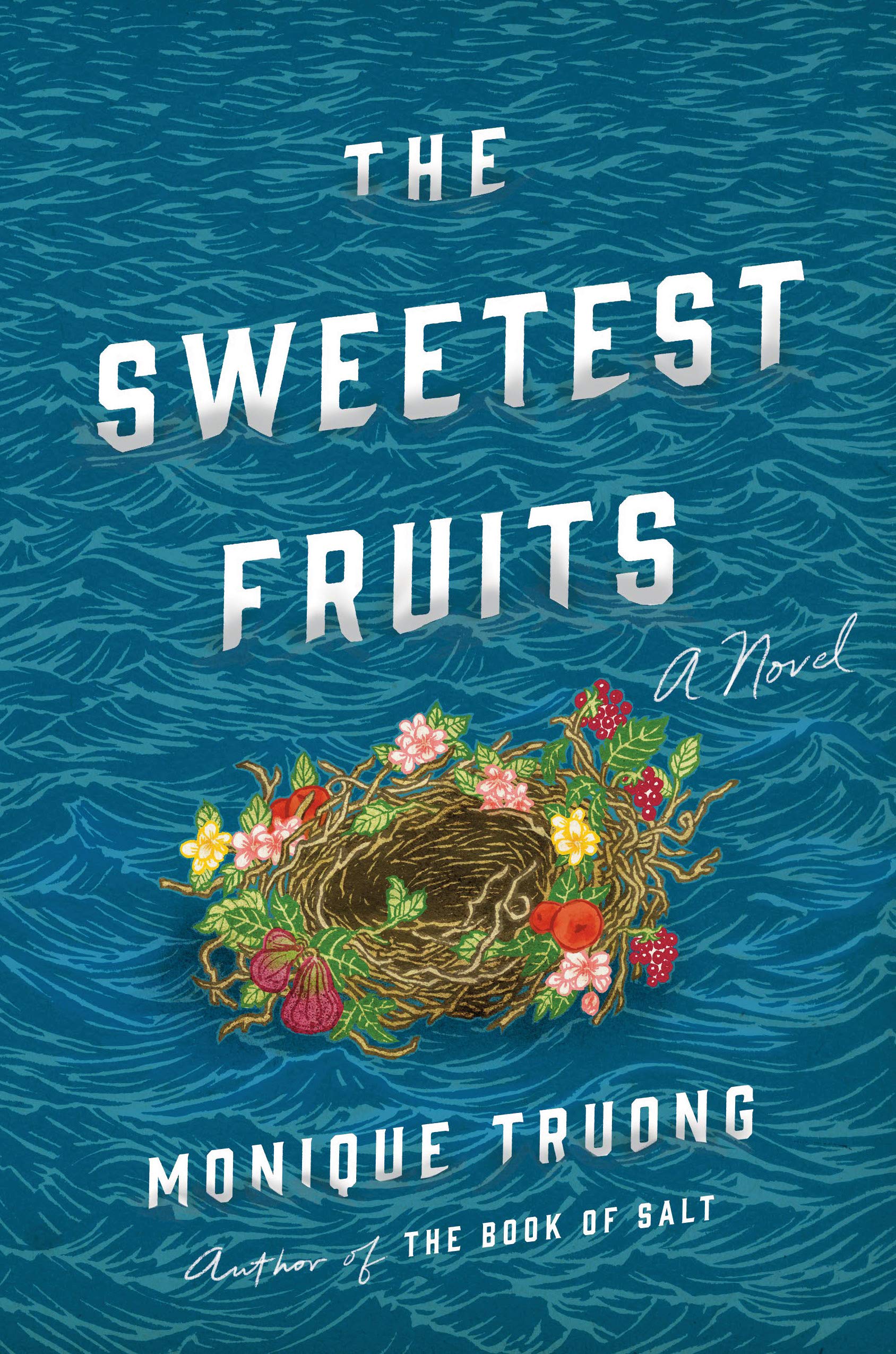
Format: 294 pp., hardback; Size: 5.25″ x 8″; Price: $26.00; Publisher: Viking; Number of Narrators Who Are Way More Interesting Than the (Admittedly Very Interesting) Historical Figure Who Inspired This Book: 3; Most Unexpectedly Appetizing Meal: Cincinnati oysters; Number of Previous Books by Author: 2; Clause on Back of Book: “The Sweetest Fruits is a feast you’ll want to devour”; Representative Passage: “Pat began by taking his notebook of ideas and writing them all up for the Commercial. He even wrote a story about me. Can you imagine that, Miss? Cobbling together the stories that Aunt Sweetie had told me and that I had told him, Pat wrote that a reporter—at the Commercial Pat didn’t have a byline either, at first—sat on the kitchen stairs of a boardinghouse while its cook—a healthy, well-built country girl, good-looking, robust, and ruddy—shared with him ghost-people stories. Pat didn’t mention me by name or Mrs. Halsam’s, but if you read that story now you would know, Miss.”
Central Question: Who are the women who nourish the world’s brilliant writers—and how do their stories get told?
Though food is bountiful in The Sweetest Fruits, nourishment is hard to come by.
In Monique Truong’s telling, Patrick Lafcadio Hearn—the writer and world traveler at the center of her new, meticulously researched historical novel—comes into the world hungry. He suckles determinedly at his mother’s breast, his bottomless appetite sustaining him while his twin brother, who isn’t nearly so voracious, languishes for two months, then dies.
His infant brother’s starvation amidst the Mediterranean abundance of Lefkada, a Greek island, is one of many moments in the novel when bounty and loss become so entangled that pulling them apart is impossible. By the time Lafcadio (as he’s known in the U.S.) turns five, his Irish great aunt has designated him heir to her vast fortune—but on the condition that his Greek mother, Rosa, who narrates the first third of the novel, sign away her maternal claims and leave Ireland forever with his younger half-brother. From there, the waves of plenty and misfortune only build, sweeping Lafcadio across the globe and through the kitchens of the novel’s other two narrators: his first wife, Althea, a boarding house cook born into enslavement on a Kentucky plantation, and his second wife, Setsu, a samurai’s daughter from Matsue, Japan.
The novel’s depictions of the women whose care and cooking made Patrick Lafcadio Hearn’s life possible are so rich, so intricate, that it’s hard to believe its seed was a bare-bones entry in The New Encyclopedia of...
You have reached your article limit
Sign up for a digital subscription and continue reading all new issues, plus our entire archives, for just $1.50/month.
Already a subscriber? Sign in




